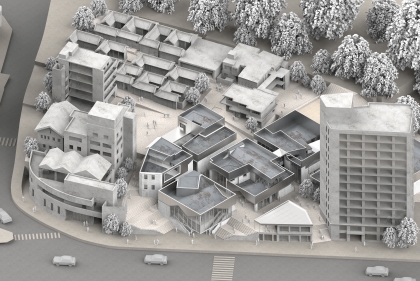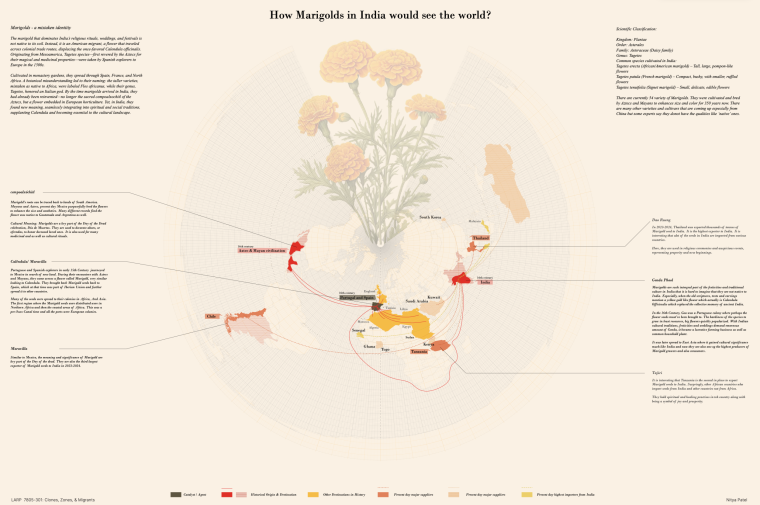October 30, 2016
Richard Weller: “Cities Are the Solution, Not the Problem”

#BackyardExperiment, a two-week installation at Garema Place for the International Festival of Landscape Architecture, Canberra, Australia; Photo Australian Institute of Landscape Architects (AILA)

 Expand Image
Expand Image

